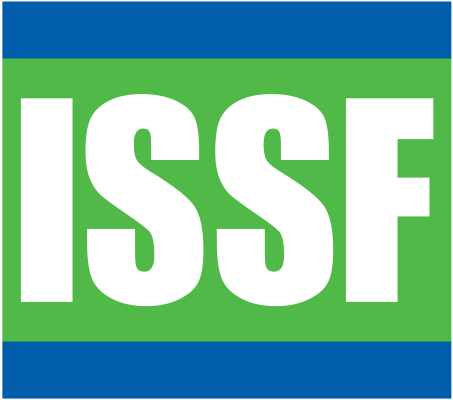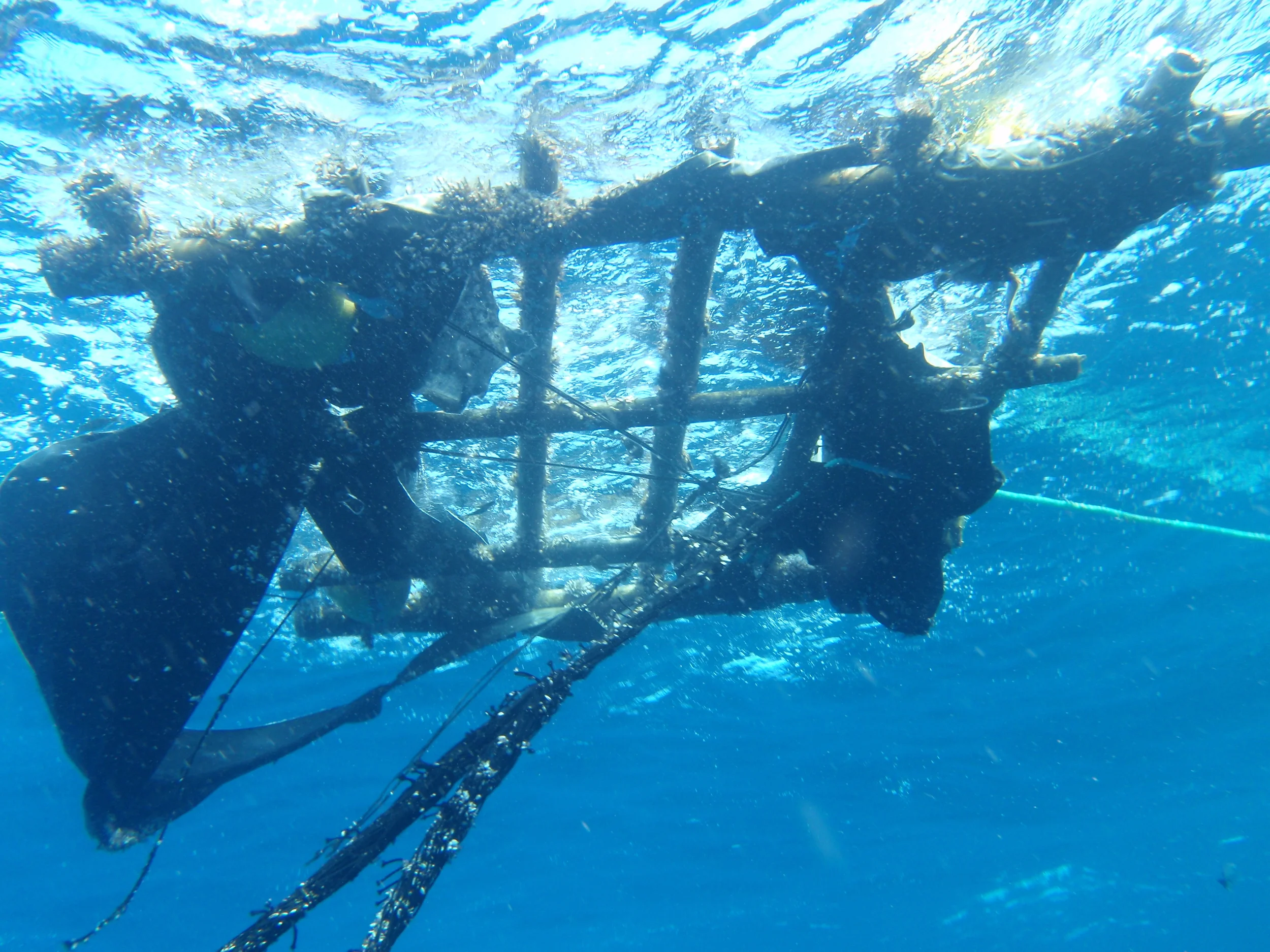FAD Data Collection
RFMOs and flag states are already beginning to take action to monitor or regulate FAD use—including mandating 100 percent observer coverage, closing areas to FAD fishing, and requiring submission of specific FAD-related data. The biggest challenge to developing a practical, science-based approach to FAD management is a lack of data on the number of FADs and their impact on both tuna and bycatch stocks.
In 2013, three out of the four tuna RFMOs adopted mandatory requirements for the collection and reporting of specific FAD data by vessel operators:
- IOTC and IATTC now will require the collection of these data starting in 2015, and in 2016 their scientific committees are to provide initial recommendations to the Commissions on possible management measures; and
- ICCAT will require the collection of these data starting in 2014 (with a 1 January 2015 start date for developing countries).
In addition, all three of these RFMOs also encourage the immediate, or starting in 2014, use of non-entangling FAD designs to minimize the risks to sea turtles, sharks, and other marine life. This is another ISSF global priority that saw significant success in 2013.
The WCPFC did not adopt similar FAD reporting requirements in 2013, or provisions encouraging the use of non-entangling FAD designs. However, the WCPFC Commission asked the Scientific Committee to make an evaluation of available FAD data from its Regional Observer Program and make recommendations to the Commission in 2014. In addition, ISSF is funding pilot projects to collect these data through electronic fishing logbooks. ISSF will continue to urge the WCPFC member nations to adopt a FAD reporting requirement and provisions for the use of non-entangling FAD designs at their annual meeting in 2014.

